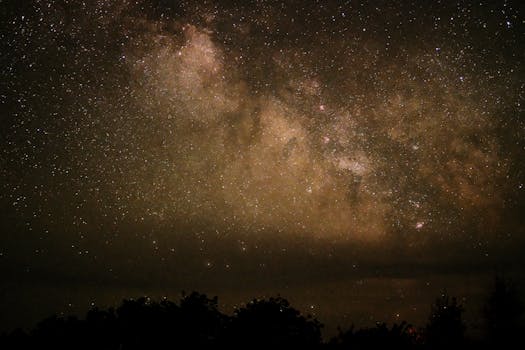
“
Beyond the Milky Way: Imagining New Worlds and Possibilities
Introduction to Space Exploration
Beyond the Milky Way: Imagining New Worlds and Possibilities is an exciting topic that has sparked the imagination of humans for centuries. The possibility of exploring new worlds and discovering new civilizations has always fascinated us. With the advancement of technology and space exploration, we are now closer than ever to making this a reality. In this article, we will explore the possibilities of space exploration beyond the Milky Way and what it could mean for humanity. For more on this topic, check out Beyond the Milky Way: Imagining New Worlds and Possibilities – Exploring the Cosmos.
Understanding the Universe
To understand the possibilities of space exploration beyond the Milky Way, we need to first understand the universe and its vastness. The universe is estimated to be around 13.8 billion years old and is made up of billions of galaxies, each containing billions of stars. The Milky Way is just one of these galaxies, and it is estimated to contain between 200-400 billion stars. The universe is still expanding, and the distance between galaxies is increasing, making it a significant challenge to explore and travel to other galaxies. This vastness is beautifully captured in Galaxies of Dreams: How Imagination Transcends the Night Sky.
New Worlds and Possibilities
Despite the challenges, the possibility of exploring new worlds and discovering new civilizations is an exciting one. With the discovery of exoplanets, which are planets that orbit stars other than the Sun, we now know that there are potentially billions of planets in the universe that could support life. The discovery of exoplanets has also raised the possibility of finding planets that are similar to Earth and could potentially support human life. This has led to a new era of space exploration, with both governments and private companies investing in space travel and exploration. For insights on the creative aspects of this exploration, read Soaring Through the Cosmos: The Power of Imagination Beyond the Stars.
Space Exploration and Technology
Space exploration and technology have come a long way in recent years. With the development of new technologies such as advanced propulsion systems, life support systems, and communication systems, we are now closer than ever to making long-distance space travel a reality. The development of reusable rockets and spacecraft has also made space travel more accessible and affordable. Private companies such as SpaceX and Blue Origin are leading the charge in space exploration and have already made significant progress in developing new technologies and spacecraft.
Conclusion and Takeaways
In conclusion, exploring new worlds and possibilities beyond the Milky Way is an exciting and challenging topic. With the advancement of technology and space exploration, we are now closer than ever to making this a reality. The possibility of discovering new civilizations and finding planets that could support human life is an exciting one, and it has the potential to revolutionize our understanding of the universe and our place in it. The main takeaways from this article are:
- The universe is vast and made up of billions of galaxies, each containing billions of stars.
- The possibility of exploring new worlds and discovering new civilizations is an exciting one.
- Space exploration and technology have come a long way in recent years, making long-distance space travel more accessible and affordable.
- The discovery of exoplanets has raised the possibility of finding planets that are similar to Earth and could potentially support human life.






